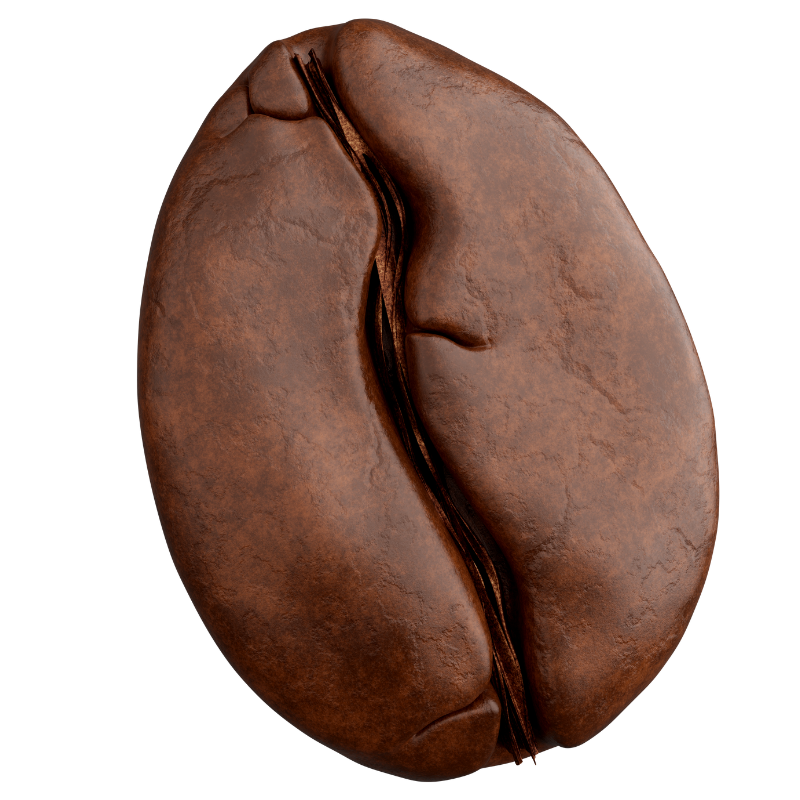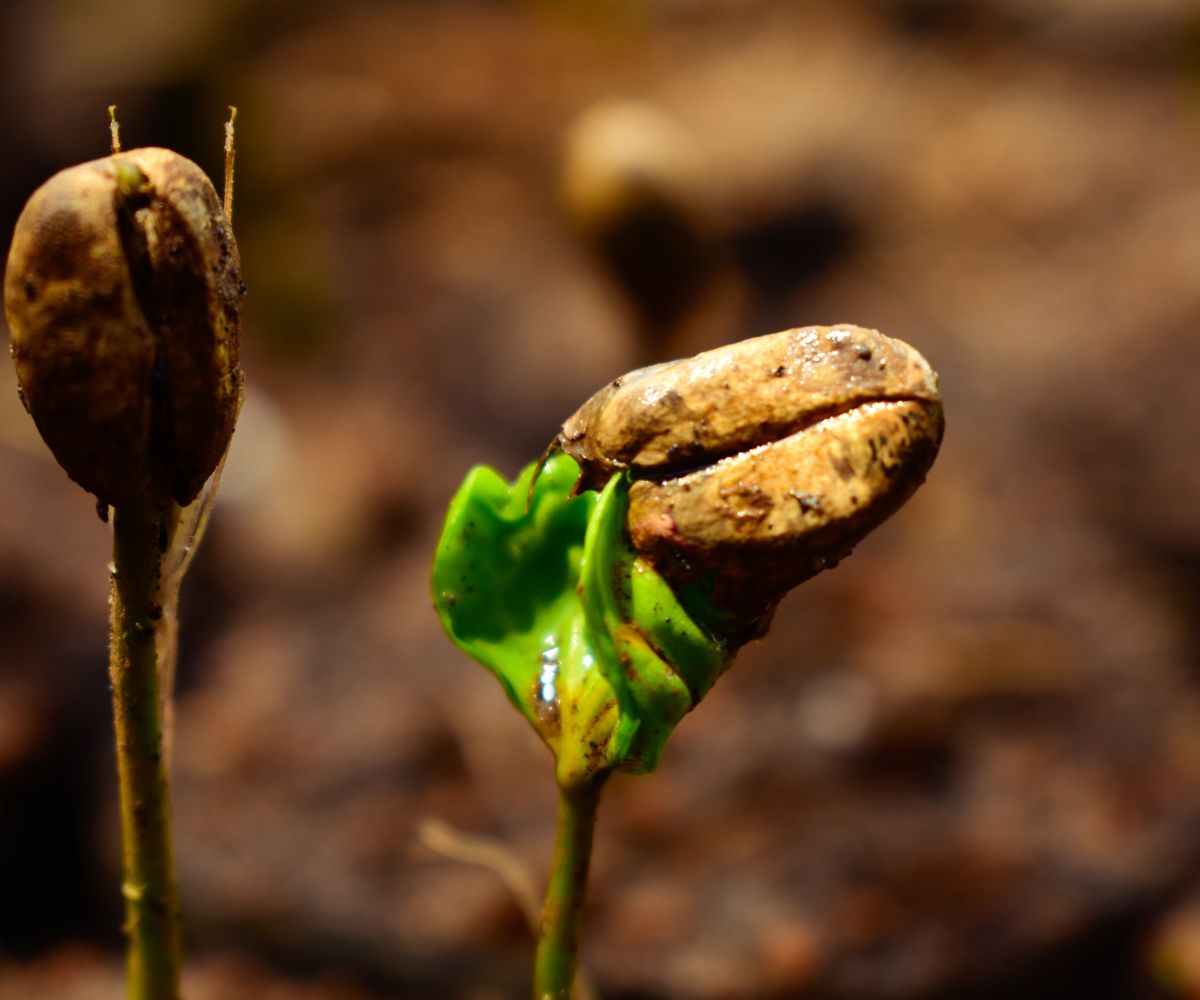Types of coffee
The coffee plant is originally an indigenous plant of the rainforest in
Sub-Saharan region. It belongs to the genus Coffea and is considered the "diva" among cultivated plants. Probably because of its flowers, the Coffea genus first appeared in botanical reference books under the name Jasminum arabicanum . In the 1940s, the now common classification of Coffea species according to "Chevalier" became established.
In addition to 0.8% to 3% caffeine (depending on the variety), coffee contains a variety of other ingredients. The individual components of coffee are approximately 30% - 40% carbohydrates, 10% - 13% water content, 11% proteins, 4% - 12% acids, around 4% minerals and over 800 aromatic substances . In coffee-growing countries, the end product is not only sold as a luxury item, but also serves medicinal purposes. The purine alkaloid caffeine is mainly responsible for the stimulating effect in coffee; it occurs at around 1% in roasted coffee beans. The caffeine content in unripe, green and unroasted beans is up to 3%. Caffeine is one of the most commonly consumed pharmacologically active substances in the world and is also one of the oldest, best tolerated and most effective psychoactive substances. Coffee is said to promote mental abilities and the ability to concentrate. At the same time, coffee is said to increase general performance and euphoric feelings.
Of the 124 different coffee plants, only two varieties are significant for the global market. Together, these two varieties account for approximately 96% of the market share in the global coffee trade. One is the aforementioned "Coffea arabica" (Arabica bean), and the other is "Coffea canephora," whose most important subgenus is the Robusta plant. Arabica plants now account for around 70% of global coffee crops. Consumers often associate Arabica with high quality and a full and complex flavor.
Sub-Saharan region. It belongs to the genus Coffea and is considered the "diva" among cultivated plants. Probably because of its flowers, the Coffea genus first appeared in botanical reference books under the name Jasminum arabicanum . In the 1940s, the now common classification of Coffea species according to "Chevalier" became established.
In addition to 0.8% to 3% caffeine (depending on the variety), coffee contains a variety of other ingredients. The individual components of coffee are approximately 30% - 40% carbohydrates, 10% - 13% water content, 11% proteins, 4% - 12% acids, around 4% minerals and over 800 aromatic substances . In coffee-growing countries, the end product is not only sold as a luxury item, but also serves medicinal purposes. The purine alkaloid caffeine is mainly responsible for the stimulating effect in coffee; it occurs at around 1% in roasted coffee beans. The caffeine content in unripe, green and unroasted beans is up to 3%. Caffeine is one of the most commonly consumed pharmacologically active substances in the world and is also one of the oldest, best tolerated and most effective psychoactive substances. Coffee is said to promote mental abilities and the ability to concentrate. At the same time, coffee is said to increase general performance and euphoric feelings.
Of the 124 different coffee plants, only two varieties are significant for the global market. Together, these two varieties account for approximately 96% of the market share in the global coffee trade. One is the aforementioned "Coffea arabica" (Arabica bean), and the other is "Coffea canephora," whose most important subgenus is the Robusta plant. Arabica plants now account for around 70% of global coffee crops. Consumers often associate Arabica with high quality and a full and complex flavor.


